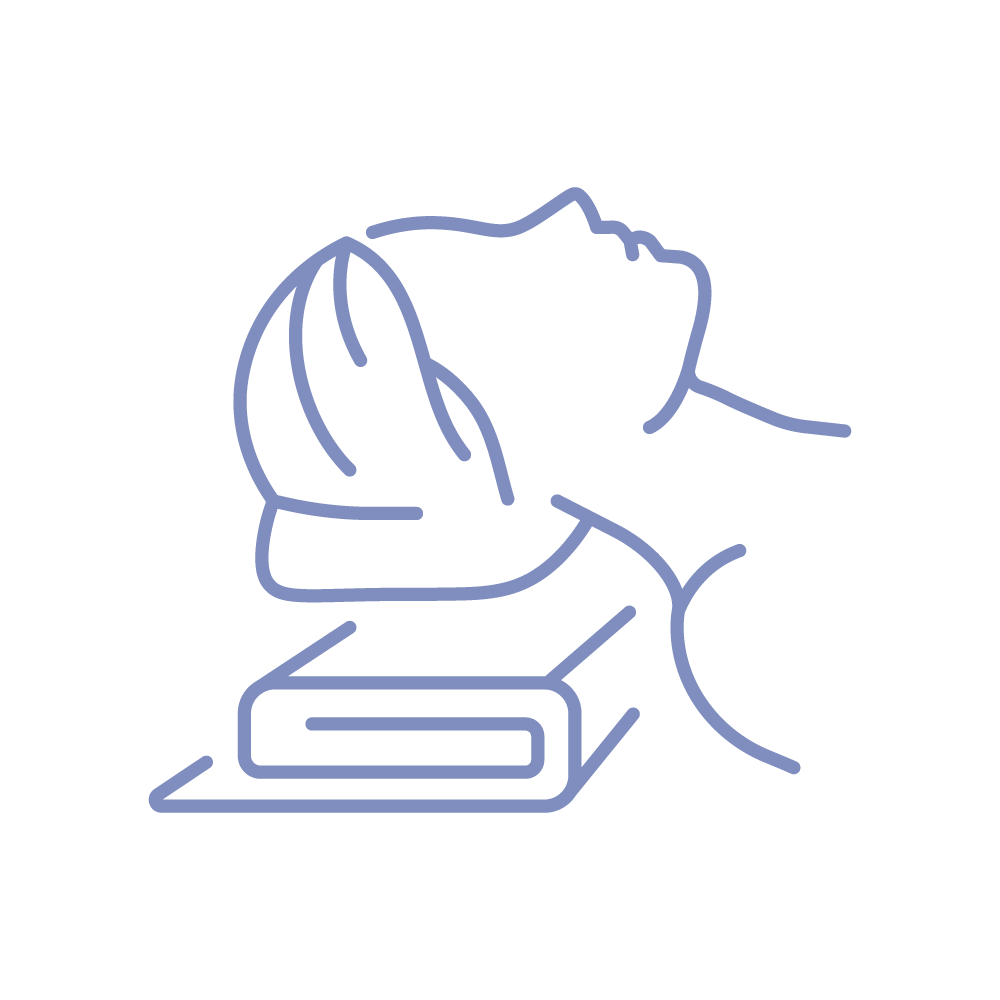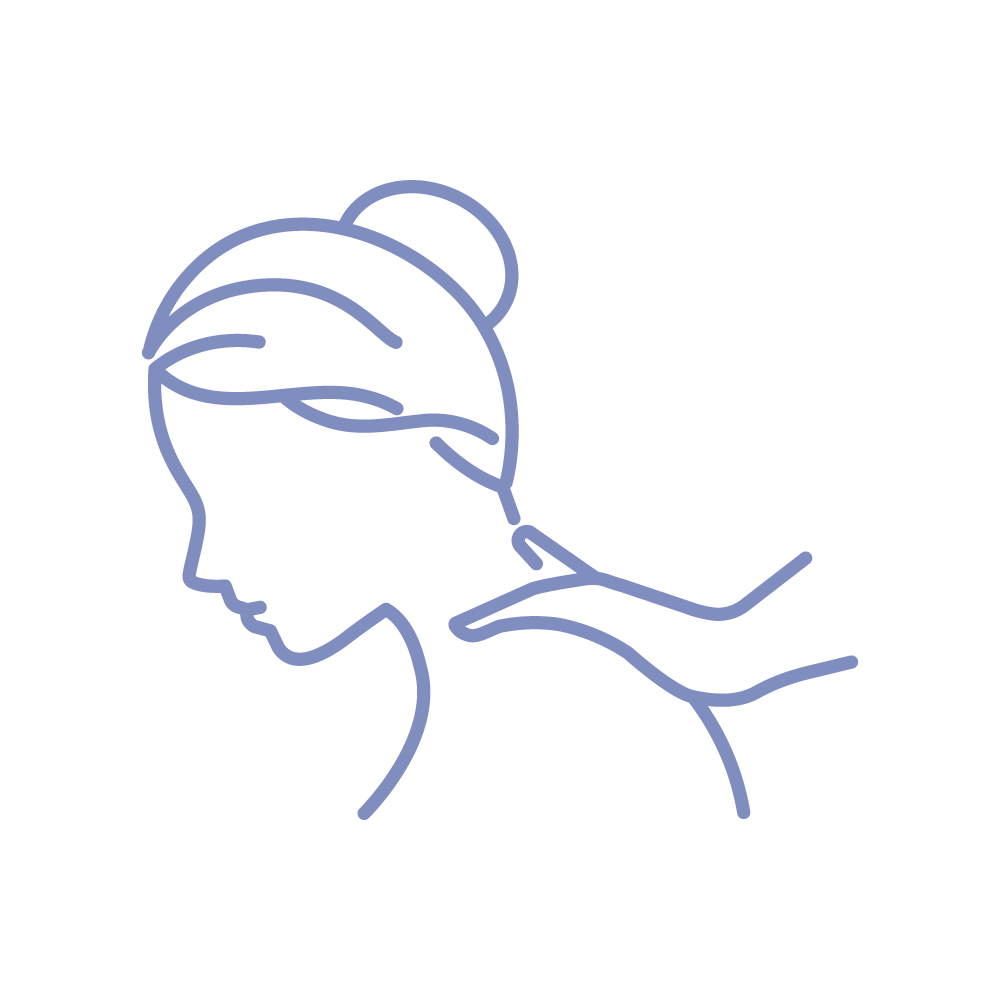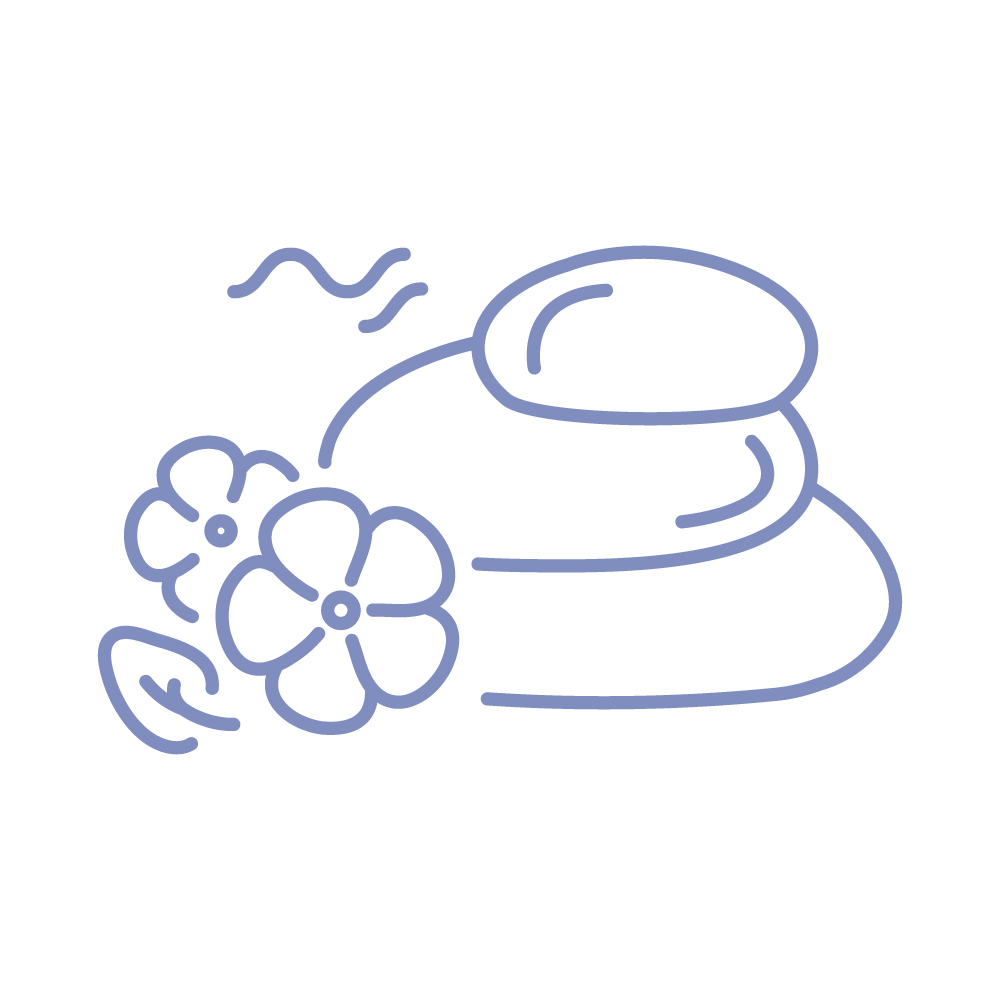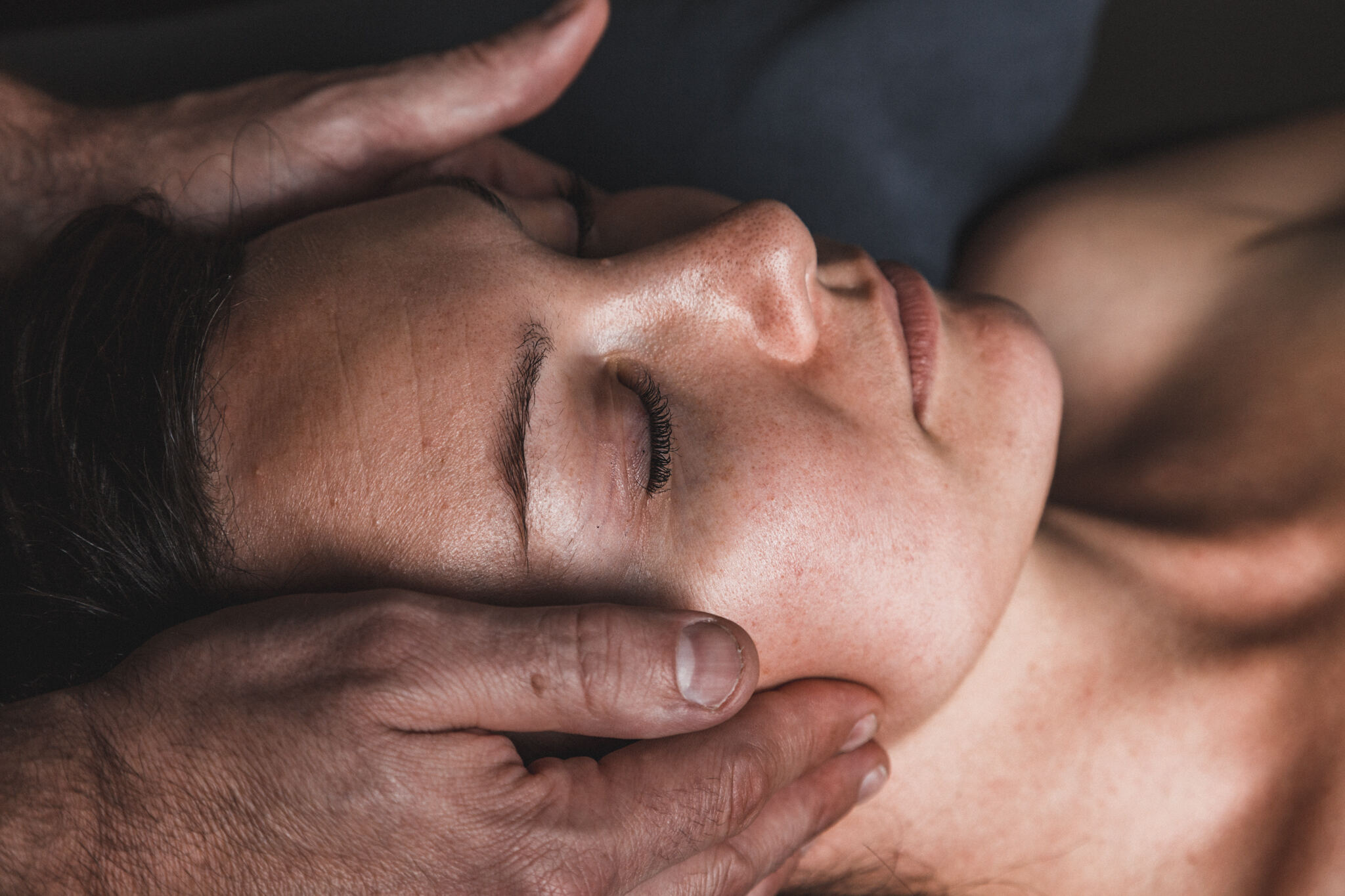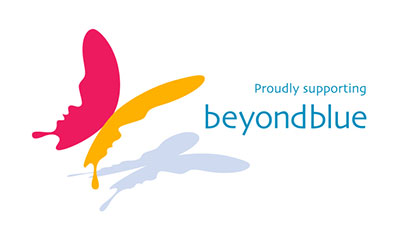Many of us have experienced pain at our joints, usually the elbow, knee or heel and have been told that it is tendonitis. Or perhaps, you’ve been told that it is tendinosis. But what are either of these conditions and why are they so often confused or misdiagnosed. Both occur in the tendons (as the name suggests) and result in pain, but it is extremely important to know which one you may have as the treatment and expected recovery varies significantly.
So firstly, the definitions of these two slightly different conditions:
Tendinitis is pain and impairment at the tendon alongside inflammation (i.e., swelling, redness, heat etc.), resulting from micro-tears when the tendon has been placed under excess load or sudden force. The pain impacts the strength and flexibility of the joint and can negatively impact on everyday activities. What’s important to remember is that tendinitis has inflammation. This distinguishes it from tendinosis, which can occur (more often than not) without inflammation. Tendinosis results from degeneration and structural change of the collagen in the tendon without the standard signs of inflammation. This degeneration is in response to chronic overuse without adequate rest and recovery, what is often referred to as a repetitive stress injury or RSI. These can develop from any repeated movement with force, for example lifting and stacking boxes, swinging a tennis racquet or golf club, or even something as tiny as clicking your mouse repeatedly. This change in the microscopic structure of the tendon results in loss of strength and increased bulk in the tendon. Normal tendons appear white and have a firm fibroelastic texture. With tendinosis, the tendon appears dull and grey or slightly brown and the texture is modified, becoming softer and more fragile. This change in structure and thickness can further result in tendinitis and nerve impingement. It has been previously assumed that tendinitis with its associated inflammation proceeds tendinosis; however, more recent evidence suggests that tendinosis occurs without inflammation having occurred at the tendon (i.e., tendonitis does not proceed tendinosis, and often people experiencing pain but have no inflammation would be more correctly diagnosed as having tendinosis). Tendinosis is one of the most frequently self-reported musculoskeletal conditions in athletes and people with physically taxing jobs, but it also occurs in those with more sedentary jobs which have a significant element of awkward postures and repeated movements with force.
All tendinopathies are characterized by pain associated with activity, a gradual onset of stiffness and decreased function. It has been suggested that tendinosis is more likely to occur with age owing to an older person’s decrease in metabolism and blood flow to the tendons, and a decrease in the elasticity and tensile strength of the tendon (though many studies have found no correlation between age and prevalence of tendinosis). Excessive load and training errors, as seen in many athletes, can result in Achilles tendon overuse injuries and male runners experience such tendinosis at high rates. Overuse can affect the blood flow causing further damage and poor healing. People tend to seek diagnosis following pain and functional limitations, but often, people put up with the pain for a lot longer than they should, which has the negative impact of exacerbating the changes to the tendon’s collagen, changes that are very hard to reverse.
The most common tendinopathies of the upper limbs involve the rotator cuff (shoulder) muscles and the lateral elbow (A.K.A. “tennis elbow”), and the most common in the lower limbs are the patellar and Achilles tendons. These are often misdiagnosed as tendinitis, as studies have found no inflammation when tissues have been analysed. Both tendinosis and tendinitis are diagnosed by a clinician, usually a GP. The diagnosing clinician will conduct an examination involving stretching and isometiric contractions and palpation. Increasingly, the use of ultrasound and MRIs are being employed to refine the diagnosis; however, there is no consensus on what the best approach is for diagnosing tendinopathies.
So now we know the difference and how they’re diagnosed, let’s move on to the treatment. Depending on whether you have tendinosis or tendinitis will affect the type of treatment that is best for you and the expected recovery. Healing time for tendinitis is 6-10 weeks, and for tendinosis, depending on whether it is acute or chronic can take 3-6 months, or even up to 9 months. This longer recovery time is due to the length of time it takes for the body to produce collagen. There is no quick fix to chronic tendinosis.
Treatment for tendinitis should focus on reducing inflammation by taking over-the-counter anti-inflammatories, such as ibuprofen. However, such an approach would do little for tendinosis which does not necessarily have inflammation. Such medication would do nothing to stop the degeneration and alteration in structure occurring in the tendon. The primary goals for tendinosis management and treatment are to reduce tendon thickening and optimize collagen production so that the tendon regains its normal tensile strength. Research suggests that the most conservative effective treatment in the management of tendinosis is eccentric training. Eccentric training of a muscle stimulates collagen production and involves repeated lengthening of the muscle while it is loaded and contracting, e.g., lengthening the bicep while holding a weight. Daily eccentric training done daily can be helpful for tendinosis if done for a minimum of three months. If you have a diagnosis of tendinosis, we recommend seeing a physio for exercise advice on eccentric exercises including the development of a home program so that you can practice these exercises every day. However, as with all injuries, it’s never just the one approach that will fix an injury. A multi-pronged approach is most effective and can include eccentric training alongside stretching, acupuncture, ultrasound, soft-tissue manual therapy such as massage, and braces and taping for support. All aim to reduce pain and improve function. As with most things, the evidence of what is the best approach, is mixed. Your treatment approach can be a bit of trial and error until you determine what works best for you.
Other recommendations for both tendinitis and tendinosis are to stop any movement that results in pain at the tendon and to employ frequent resting when having to perform repeated manual tasks. As any good Occupational Therapist will tell you, ergonomics is also very important in decreasing the potential load and force when performing a task and to maintain neutral positions and avoid awkward postures. Conservative movement through the joint’s range of motion while avoiding pain will prevent shortening of the muscles and increase circulation to promote healing. An interesting suggestion from the literature, for both tendinitis and tendinosis, is to apply ice, though the mechanisms as to why this approach is effective for both conditions are not clearly understood. It is recommended to apply ice for 15-20 minutes several times a day and after engaging in exercise or activities that utilize the tendon.
How can massage help? Firstly, massage therapists need to be aware of their own skill set and refer the patient on to other medical specialists for a proper diagnosis. Remember, the diagnosis affects the treatment. But broadly speaking, massage stimulates circulation and can improve overall tissue health. Deep friction methods are beneficial for tendinitis once the inflammation has subsided, by acting to reduce adhesions and create functional scar tissue. Deep friction is also good for tendinosis, as it stimulates and aids in the generation of collagen. Myofascial techniques and trigger point therapy are other methods employed by many massage therapists; these can act to reduce fascial restrictions, scar tissue and release trigger points, relieving tension on the tendon. Another important aspect of treatment is nutrition: your body needs the right nutrients to repair damaged tissue. Vitamin C, manganese and zinc are important in collagen production, and B6 and vitamin E have been linked to tendon health.
Although it is unlikely that any treatments will completely reverse cellular damage that has occurred in tendinosis, eccentric training, massage treatments, rest and good nutrition can increase the strength of the tendon ensuring that healthy collagen is being produced. The aim for recovery is to decrease pain, increase range of motion and increase strength at the affected tendon. Although it is important to return to activity, research suggests that returning to activity too soon can result in recurrence of the injury. And just to make everything that little bit more confusing, there is a lack of consensus of how soon is too soon. So in short, listen to your body. If an activity is still causing significant pain, then more rest is likely needed. Because tendinosis involves changes to the tendon tissue, the tendon itself is now more prone to injury, so it is important for continued self-care. Ongoing deep-tissue massage, stretching, eccentric strength training and warming up before work or exercise are all paramount to prevent re-injury.
Ready to find out more?
Bass, E. (2012) Tendinopathy: Why the difference between tendinitis and tendinosis matters. Int K Ther Massage Bodywork. 5(1), 14-17. doi:10.3822/ijtmb.v5i1.153
Dimitrios, S. (2015) Exercise for tendinopathy. World J Methodol. 5(2): 51-54. DOI: 10.5662/wjm.v5.i2.51
Forde, M.S., Punnet, L., & Wegman, D.H. (2005) Prevalence of musculoskeletal disorders in union ironworkers. J Occ Environ Hyg. 2(4), 203-212. doi: 10.1080/15459620590929635.
Kaux, J.F., Forthomme, B., Le Goff, C., Crielaard, J-M., & Croisier, J.L. (2011) Current opinions on tendinopathy. J Sports Sci Med. 10(2), 238-53. PMID: 24149868; PMCID: PMC3761855
Maffulli, N., Wong., & Almekinders, L.C. (2003) Types and epidemiology of tendinopathy. Clinics in Sports Med. 22(4), 675-692. DOI: 10.1016/s0278-5919(03)00004-8
Scott, A. & and Ashe, M.C. 2006) Common tendinopathies in the upper and lower extremities. Current Sports Med Rep. 5(5), 233-241. doi: 10.1097/01.CSMR.0000306421.85919.9c

